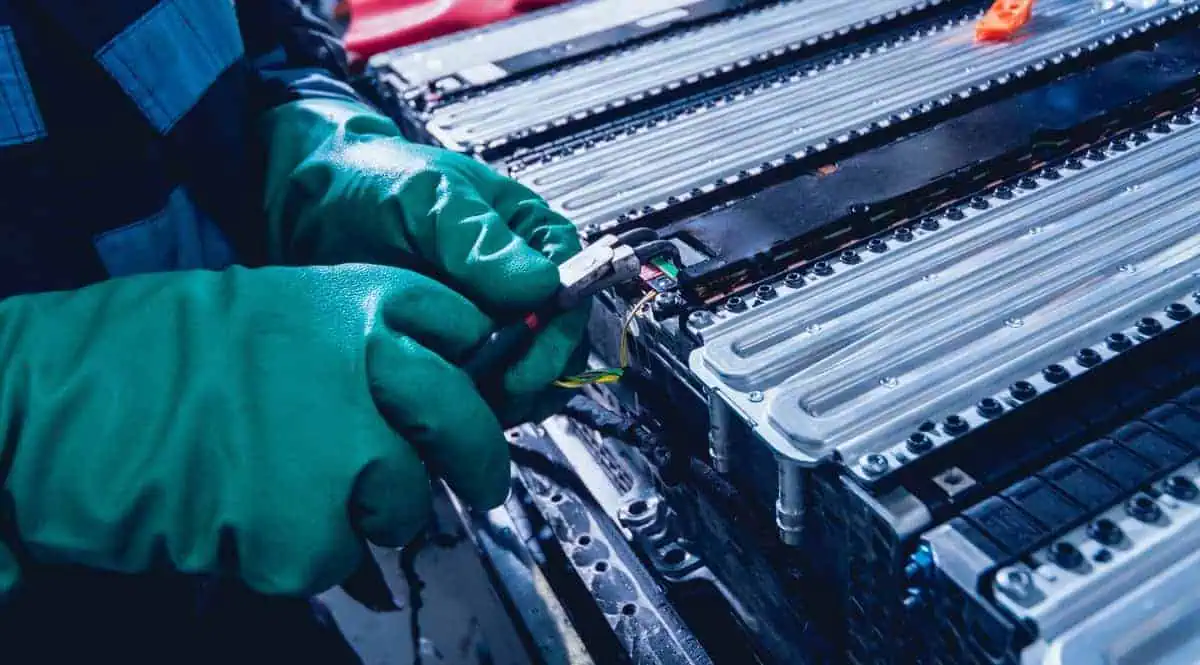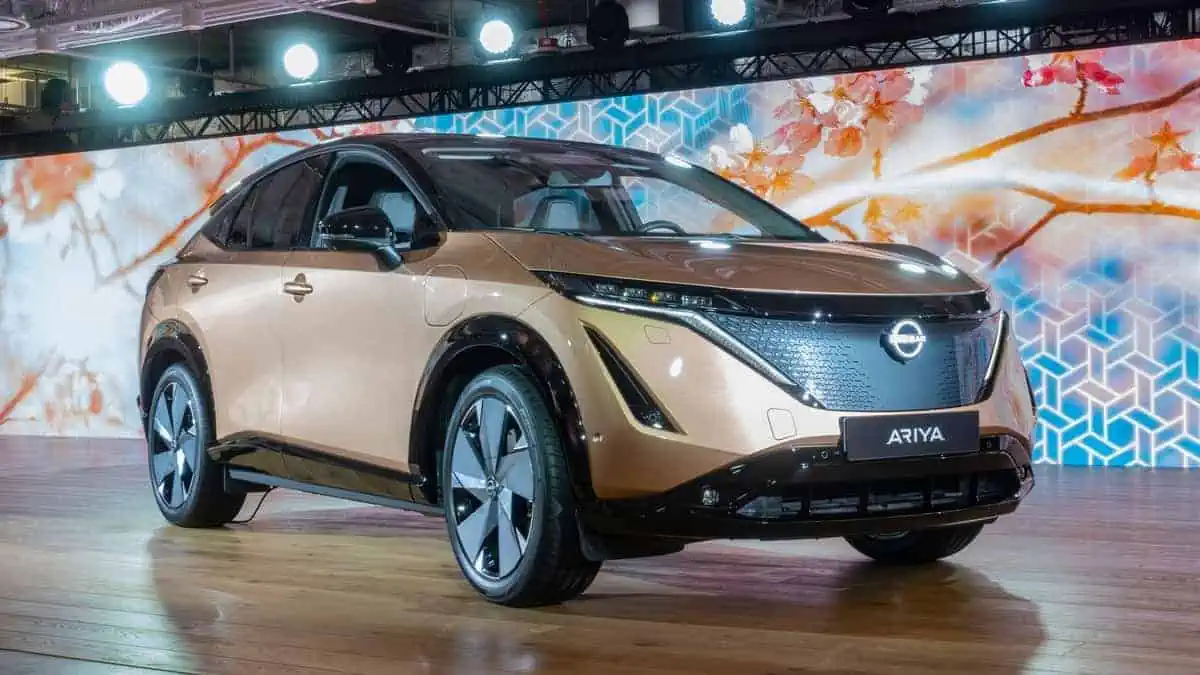NASA’s Solid-state Architecture Batteries for Enhanced Rechargeability and Safety (SABERS) project has achieved a research breakthrough, as announced by the agency.
Solid-state Architecture Batteries for Enhanced Rechargeability (SABERS)
After years of experiments and university partnerships, NASA’s solid-state battery has reached 500 Wh/kg energy density, twice as Li-on batteries used in a typical electric vehicle, letting it propel electric planes as well.
In addition, the solid-state battery beats the Tesla Model Y 4680 pack at energy density by putting all cells in one case, as per Batteries News.
NASA hit another milestone in its solid-state battery research aimed at electricity-powered transportation. It stacks all of its cells in one casing, lessening weight and increasing the energy density to double that of a traditional EV.
NASA has been doing solid-state battery research as part of its Convergent Aeronautics Solutions project for sustainable aviation. In the process, the agency discovered a novel packing method for solid-state cells that decreases the battery weight by 30-40% and doubles its energy density more than that of the current liquid Li-ion batteries in most electric vehicles.
In comparison, Tesla’s 4680 batteries in the Model Y are around sub-300 Wh/kg energy density, whereas CATL‘s M3P phosphate packs for the standard range Model Y are estimated at 160 Wh/kg.
SABERS’ battery avoids individual packaging and piles all solid-state cells together within a single case. This design is much lighter and energy-dense than current EV batteries and presents solid-state packs’ endurance.
Solid-state battery technology against high temperatures
Furthermore, NASA’s tests of the new solid-state battery revealed that it could stand temperatures twice higher than what current lithium-ion EV batteries can endure before exploding into flames.
This makes it appropriate for use on planes, and the NASA team is currently trying out its solid-state battery for continuous performance in even higher pressures and temperatures.
As the recent Hurricane Ian devastation demonstrated consequences, improved battery safety is critical for solid-state technology.
Putting out EVs which caught on fire during the floods and whose blazing battery packs couldn’t be quickly extinguished turns out to be a significant challenge for the disaster recovery crews.






